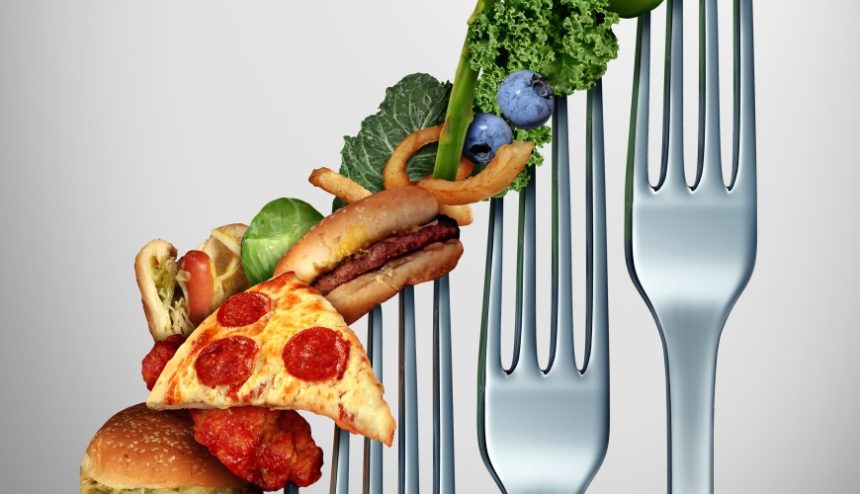 By Rebeka Srbu, D.O., Family Medicine with Obstetrics
By Rebeka Srbu, D.O., Family Medicine with Obstetrics
A game of “Swap This for That” is something you can employ when you begin making healthier lifestyle changes. If you swap long enough, it becomes a new lifestyle that you may find easy to maintain. Having high cholesterol, on the other hand, is not a game and can cause serious issues.
What is cholesterol?
Your bloodstream carries more than white or red blood cells and plasma; it also has cholesterol—a fatty substance made in the liver and found in some foods. Your body makes all the cholesterol it needs. Cholesterol is important in helping to make cell membranes, some hormones, and vitamin D.
When you’re given a blood test to screen for cholesterol levels, it determines the amounts of lipoproteins in your blood. High-density lipoprotein (HDL) is considered “good” cholesterol, a high level of low-density lipoprotein (LDL) is “bad” cholesterol, and VLDL is very low-density lipoprotein.
What makes a lipoprotein “good” or “bad?” Each kind of lipoprotein has its own purpose:
- “Good” HDL’s function is to move the cholesterol throughout your body back to your liver so that it can remove it from your body.
- LDL is considered “bad” due to its plaque formation. When your diet becomes high in cholesterol from eating too much of the wrong foods, plaque is formed when the cholesterol combines with other substances in the blood. Atherosclerosis refers to plaque buildup on the walls of arteries. Narrow or blocked coronary arteries lead to coronary artery disease.
- VLDL can contribute to plaque, too, but it mainly carries triglycerides—a common type of fat found in the body. Triglycerides are formed from “extra” calories and are stored in fat cells. When your body needs energy, triglycerides are carried by VLDL cholesterol to the tissues.
High triglyceride levels show the potential for low HDL and high LDL, increasing the possibility of heart attack or stroke.
How to Lower Cholesterol
Cholesterol can be lowered with medication. But when combined with a few lifestyle changes, your overall health will improve.
- Eat heart-healthy foods by reducing saturated fats and cutting out trans fats entirely. High-cholesterol foods include full-fat dairy, processed meats, fried foods, baked goods/sweets, and shellfish. Get more tips on healthy eating at MyPlate.
- Exercise several days per week and increase your overall physical activity—simple changes like taking the stairs rather than the elevator make a difference. (Always check with your doctor before starting a new exercise regimen.)
- If you smoke, stop—your HDL levels will thank you.
- Lose weight. Extra pounds mean higher LDL and VLDL cholesterol.
- Drink alcohol in moderation: One drink per day for women of any age and men over 65; no more than two per day for men younger than 65.
When you combine lifestyle changes with prescription medication (if needed), they work together to improve your health and lower your LDL levels. Check with your doctor and get started on your “Swap This for That” game toward a healthier cholesterol regimen!


